Tucked away in the small town of Agnone in Italy’s Molise region, I stumbled across a piece of living history that honestly blew me away. The Marinelli Pontifical Bell Foundry stands as proof of Italian craftsmanship, with roots stretching back to at least 1339—maybe even earlier.
This family business isn’t just one of the oldest in Italy. It’s actually the oldest bell foundry on the planet that’s still running today.
As soon as I walked through the foundry doors, I felt like I’d stepped into another era. The Marinelli family still makes their beautiful bells with the ancient “lost wax” method their ancestors developed. Each bell takes months—sometimes longer—to finish, and the craftsmen pour their hearts into every detail, chasing that perfect sound.

My guide pointed out that Marinelli bells hang in some of the world’s most important places: the Vatican, the United Nations, and countless others. The family’s commitment to their craft, carried on through so many generations, makes this hidden spot in Agnone worth the trip.
The clang of metal and the warm, flickering light of the furnaces pull you right into Italy’s rich artisan tradition. It’s hard not to feel connected to something bigger here.
Agnone: The Cradle of Italian Bell Making
Agnone sits in the rolling hills of Molise, and over the centuries, it’s become the beating heart of Italian bell craftsmanship.
The Historic Italian Town
Wandering through Agnone feels almost surreal, like you’ve traveled back in time. This little town, home to about 5,200 people, sits quietly in the Molise region’s province of Isernia.
Medieval buildings and winding cobblestone streets give the place a kind of timeless magic.
I found Agnone’s cultural heritage especially fascinating. Even though it’s small, the town has played a big part in Italian history—well beyond just bell making.

The Apennine hills wrap around Agnone, making it feel both remote and protected. Maybe that’s why so many old traditions have survived here, even as they faded elsewhere.
Centuries-Old Bell Foundry Traditions
The Pontificia Fonderia Marinelli is truly the crown jewel of Agnone’s culture. This place isn’t just Italy’s oldest family business—it’s the oldest bell foundry on earth, with nearly a thousand years of history.
The Marinelli family has handed down their bell-making secrets from one generation to the next. Their dedication hasn’t wavered, not even a little.
What really sets them apart is their use of the traditional “lost wax” technique. It’s the same method their founders used, and seeing it in action is mesmerizing.
I watched as skilled artisans shaped molten bronze, turning it into bells that are both musical instruments and works of art.
The foundry has created bells for churches, big events, and institutions all over the world.
The Marinelli Family Legacy
The Marinelli family’s story is one of remarkable endurance. For nearly a thousand years, they’ve crafted bells that ring out across Europe. Their tale weaves together artisanal expertise and a family bond that’s survived wars, economic crises, and even technological revolutions.
Origins of the Marinelli Foundry
The Marinelli tradition started about a thousand years ago in the Apennines, back when this region belonged to the Kingdom of Naples.
The foundry now sits in Agnone, a town of just over 5,000 in Molise.
Records show a Marinelli bell foundry existed as far back as 1200 AD. Some believe the family’s roots in this craft go back another 200 years, making the Pontifical Marinelli Foundry one of the world’s oldest family businesses.
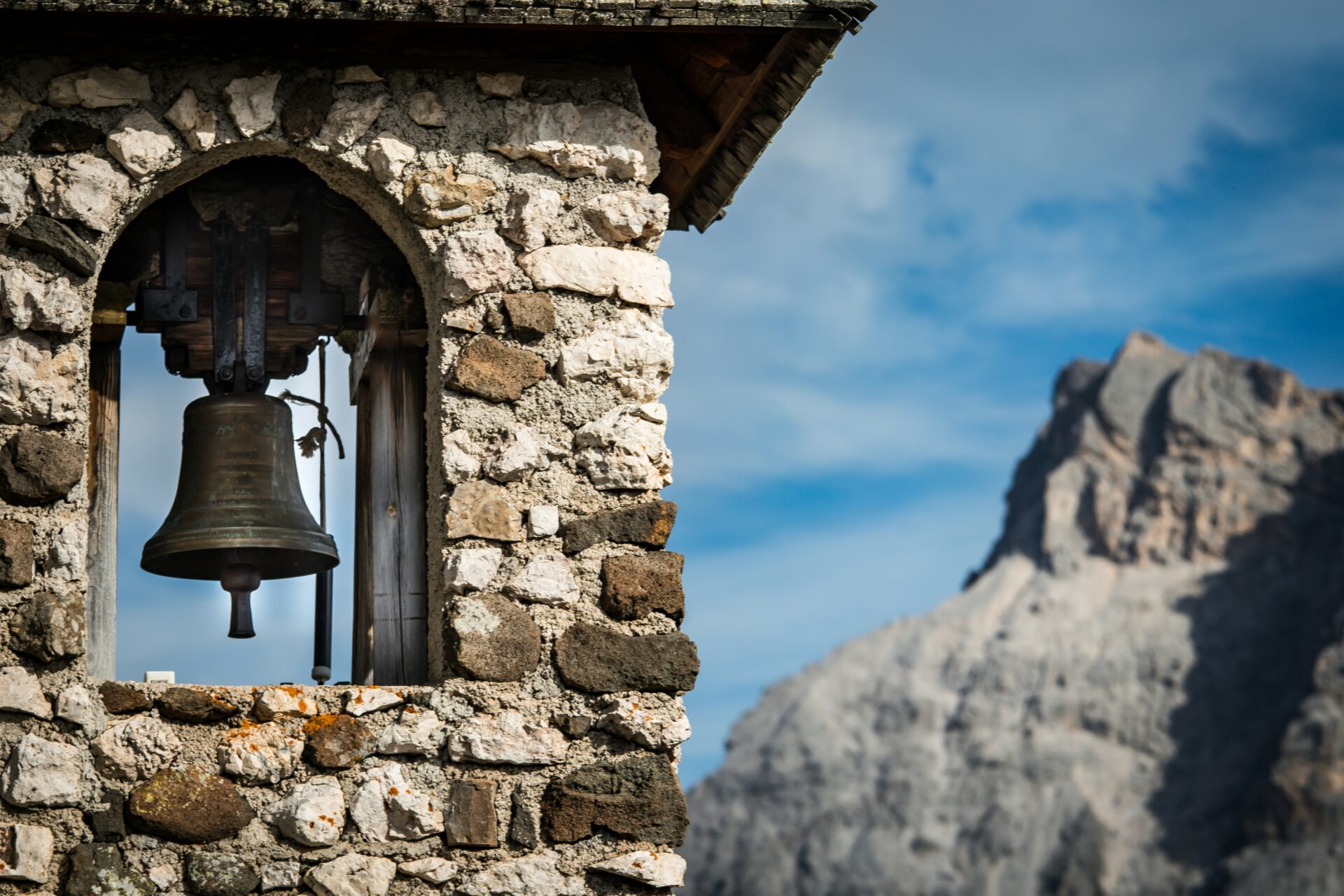
A craftsman named Nicodemus Marinelli supposedly began the bell-making tradition that would define his family for centuries. The foundry gained real prestige when it earned the “Pontifical Foundry” title for making bells for the Vatican.
Generational Craftsmanship
What’s truly wild about the Marinelli legacy is how bell-making knowledge has passed from father to son for over 26 generations.
Each family member spends years learning the craft through hands-on work in the foundry.
The Marinelli artisans still use many of the same materials and techniques their ancestors developed centuries ago. This dedication ensures every bell keeps that signature Marinelli sound and artistry.
Armando Marinelli, the current owner, works hard to protect these old ways while also adjusting to modern demands. The foundry now makes bells for churches, city halls, and cultural institutions all over the world.
Their commitment to tradition has earned them recognition as the world’s second-oldest family-run business. Marinelli bells do more than just mark the hours—they carry forward a line of Italian skill and passion that’s lasted a thousand years.
Secrets of the Bell Maker’s Art
Bell making in Agnone is a blend of ancient techniques and artistic vision. The Marinelli family has protected these methods since the 1300s, passing down the know-how that turns raw metal into something truly special.
The Bronze Bell Casting Process
Craftsmen start with a precise mix of copper and tin to make bronze. This metal is perfect for bells—tough, but with a gorgeous sound.
I watched as they built a core from brick and clay, forming the bell’s inner shape.
On top of that, they sculpt a “false bell” from clay by hand. Every detail—inscriptions, decorations—gets carved in carefully. The spacing has to be just right for the bell to sound as intended.
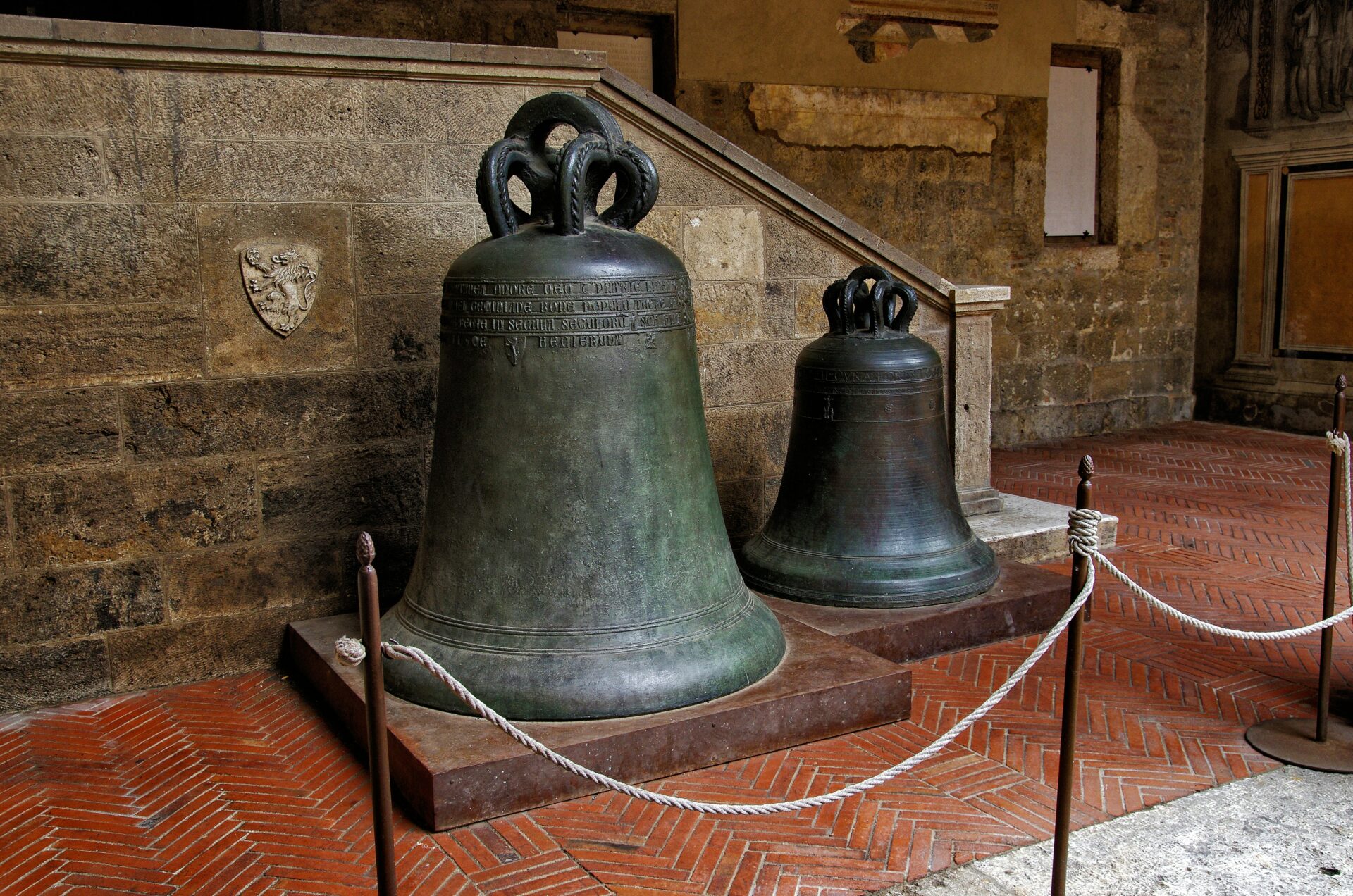
They build the outer mold, or mantle, around the false bell in several clay layers. Once it’s dry, they lift off the mantle and destroy the false bell. That empty space between core and mantle is where the molten bronze will go.
Pouring day feels almost like a ritual. The bronze gets melted to about 1,100°C and then poured into the mold with a kind of reverence.
Iconic Tools and Techniques
The tools here haven’t changed much in centuries. I spotted wooden compasses and calipers hanging on the walls—simple, reliable instruments for getting the proportions just right.
The artisans use:
- Wooden mallets for shaping the clay
- Metal styli for adding fine decorations
- Custom measuring tools handed down through the family
They don’t rely on shortcuts. Each bell gets tuned by hand after casting, with the masters listening for flaws that machines might miss.
New bell makers spend years as apprentices before they take on major projects themselves.
From False Bells to the Great Bell
Turning a clay model into a finished bell takes patience. After the bronze cools for a few days, they break away the mold to reveal the new bell.
That first ring is always a big moment—did they get the sound right?
Every bell has its own “voice,” shaped by its form, thickness, and metal mix. The biggest bells, called Great Bells, can weigh tons and need special care to cast and tune.

Bells for cathedrals or famous churches get extra decoration and inscriptions. The craftsmen take real pride in these jobs, knowing their work will echo for generations.
After final tuning, the bell gets blessed—a tradition that goes back to medieval times. That’s when the bell becomes something sacred, ready to call people to prayer.
Sacred Bells and Global Influence
The Marinelli Foundry’s impact stretches far beyond Agnone. Their sacred bells ring out in churches and landmarks across the world.
Their craftsmanship has earned them respect from the Vatican and religious institutions everywhere, making them guardians of a tradition that ties together faith, art, and history.
Serving Catholic Churches and the Vatican
The Marinelli family holds the Vatican’s prestigious “Pontifical Foundry” title, a nod to their outstanding skill. I was surprised to learn they’ve made many bells for the Vatican, including some that ring in the Vatican Gardens.
During my visit, Ettore Marinelli—just 28 and already carrying on the family craft—showed me photos of their work with different Popes. The foundry keeps detailed records of every bell they’ve made for Catholic churches worldwide.
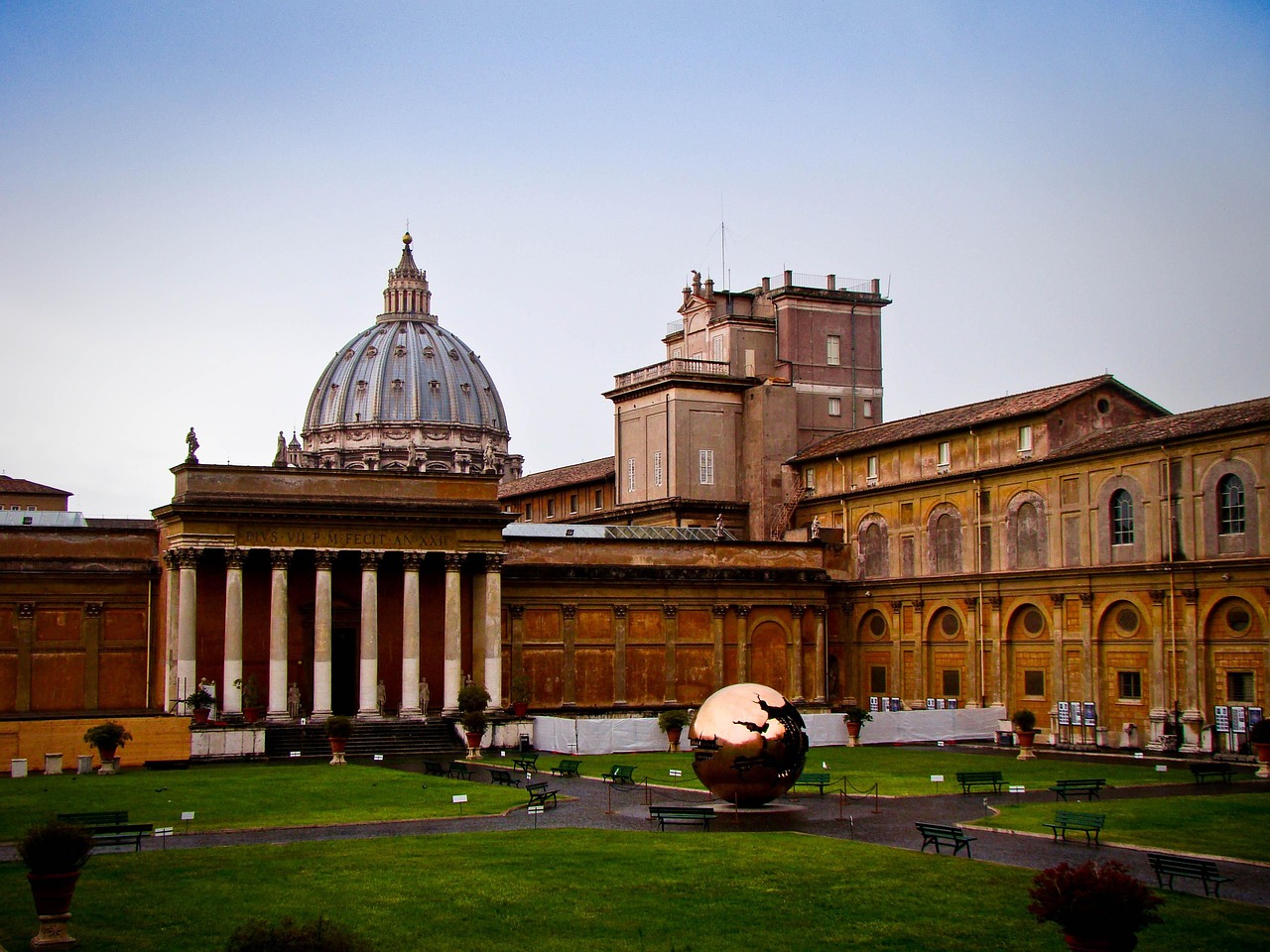
“Every bell we make for a church holds prayers and blessings in its metal,” Ettore told me.
Their bells ring in thousands of Catholic parishes, each one custom-designed with religious art and inscriptions.
Bells for Iconic Landmarks
The Bell Museum next to the foundry displays some stunning bells made for world-famous landmarks.
The Marinelli family has crafted bells for the Leaning Tower of Pisa and rebuilt the Abbey of Montecassino’s bells after WWII.
Their reach goes even further. Since they began selling online, their bells have found homes overseas, keeping their ancient craft alive in new places.
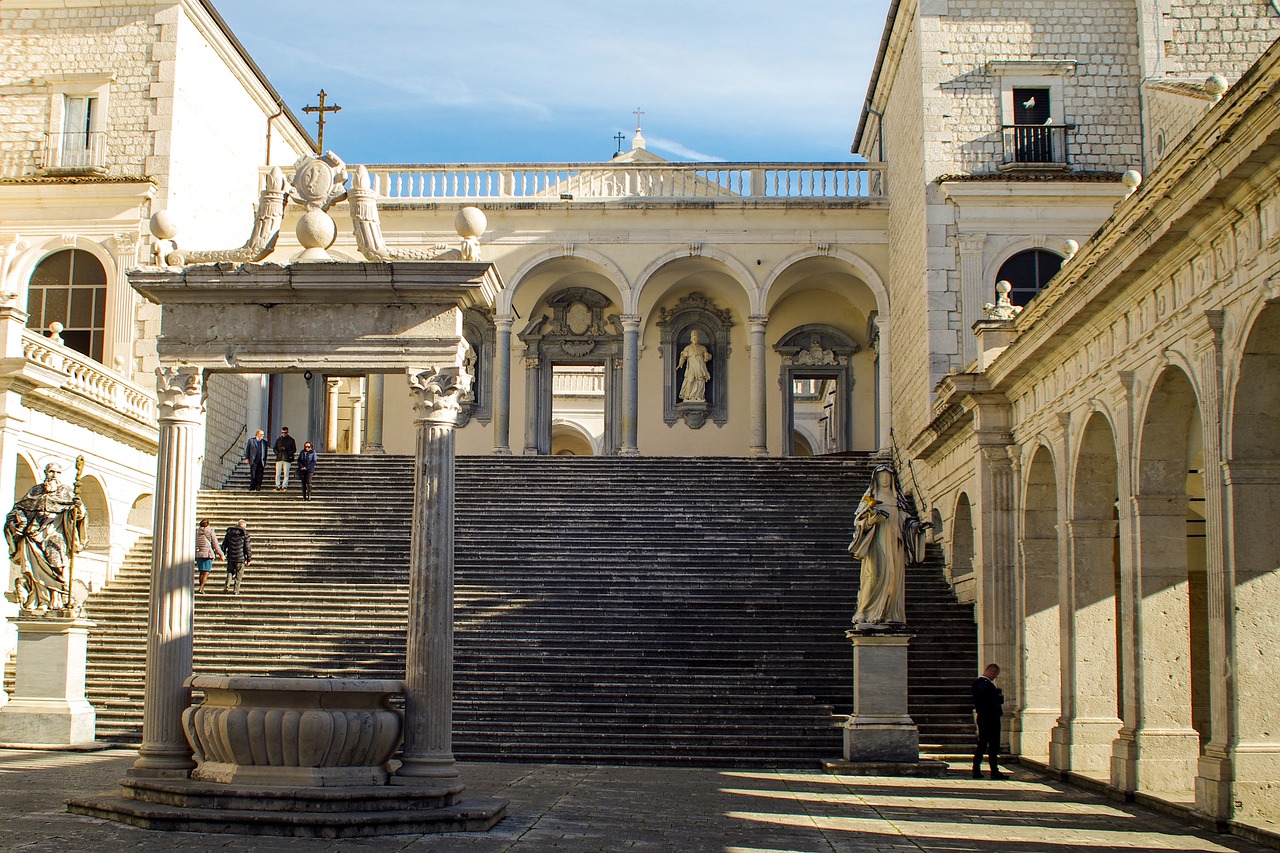
“We’ve made bells for churches in the Americas, Australia, and all over Europe,” Ettore said.
Each landmark bell gets special attention to suit the building’s acoustics and history.
I found their restoration work especially impressive. They keep the unique sound and character of old bells while making sure they’ll last.
Celebrating the Jubilee
Jubilee years carry special meaning for the Marinelli foundry. For the Catholic Church’s Jubilee celebrations, which happen every 25 years, they craft commemorative bells to mark the occasion.
I got a close look at the 2000 Jubilee Bell, decorated with intricate religious scenes that tell the story of that millennium celebration. The foundry is already sketching designs for the 2025 Jubilee.
“Making a Jubilee bell ties us to centuries of tradition,” Ettore told me, showing off their plans.

The Vatican says millions of pilgrims hear these special bells during Jubilee years.
These commemorative bells often feature unique alloys and designs that reflect each Jubilee’s theme. The skill and artistry in these pieces really show the foundry at its best.
Marinelli Bells Around the World
Marinelli bells have traveled far beyond Italy, becoming symbols of craftsmanship and heritage in many countries. Their bronze bells, still made the old way, have earned global recognition for their quality and tone.
Exports and Sales Abroad
The Marinelli family has expanded their reach over the years, and now their bells ring on several continents. Their reputation has drawn orders from churches, governments, and institutions worldwide.
When I visited in 2023, I was surprised to hear that exports have grown steadily since the 1950s. The craftsmen said Latin America is a big market now, with Mexico, Argentina, and Brazil regularly placing orders.
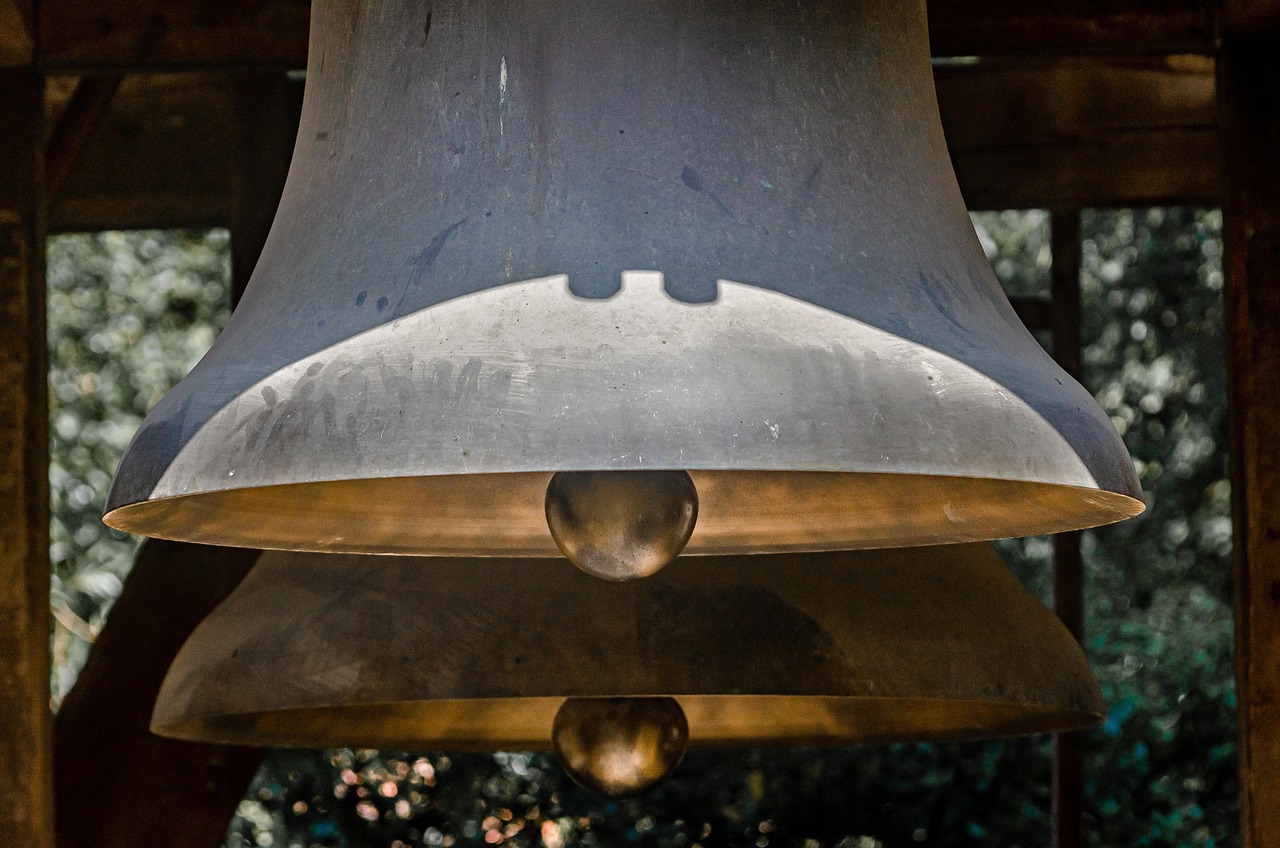
In Southern Europe, Marinelli bells are considered the gold standard for religious buildings.
The foundry exports about 40% of its output each year, with every bell a true piece of “Made in Italy” heritage.
Their international buyers appreciate the blend of tradition and custom design. Each bell gets a thorough quality check before it ships out.
Famous Bells in Rome, New Delhi, and Beyond
Some of the most important Marinelli bells hang in famous places around the world.
In Rome, St. Peter’s Basilica features several Marinelli bells, highlighting their deep ties to Catholic history.
The bells at New Delhi’s Sacred Heart Cathedral bring a European sound to India’s capital. That really shows how Marinelli’s craft crosses cultural lines.

Other notable bells include the United Nations’ peace bell, cast by the foundry, and a bell at the presidential palace in Tirana, Albania, symbolizing friendship between Italy and Albania.
I even found out there’s a Marinelli bell in Equatorial Guinea, ringing from a cathedral tower.
The Future of Italy’s Oldest Family Business
The Marinelli Bell Foundry faces a crossroads as it tries to balance ancient traditions with the realities of modern business. This iconic family from Molise has survived centuries of change by adapting and sticking to their craft.
Resilience Through Economic Challenges
Italy’s economy has had a rough ride lately, and traditional craftspeople have felt it the most. The Marinelli family hasn’t escaped these problems, but their way of coping stands out.
“We’ve seen hard times before,” a Marinelli told me. “Our ancestors kept making bells through wars, plagues, and disasters.”
Part of their resilience comes from diversifying. Church bells are still their mainstay, but they also make decorative and commemorative pieces now. That helps cushion them when one market dips.
Online sales have become a big deal. The foundry now ships “Made in Italy” bells to collectors worldwide—a market that barely existed a generation ago.
Honoring Heritage and Continuing Innovation
Master bell maker Antonio Delli Quadri, who started here at just 15, is a living bridge between old and new. He’s passing his knowledge down to the next generation.
The foundry walks a line between tradition and change:
- Traditional methods: Sticking with centuries-old casting techniques
- Modern touches: Adding new safety steps and quality controls
- Apprenticeship programs: Training young bell makers
The Marinelli family uses technology carefully. They run social media and a website to show off their craft, but they keep their hands-on production methods intact.
They also work with Italian technical schools to make sure bell-making skills survive, even outside the family.
Comparisons with Global Family Businesses
The Marinelli foundry ranks among the world’s oldest family businesses, though Japan’s Hoshi Ryokan (from 718 CE!) claims a longer run. Italian family businesses stand out for their close ties to local identity and cultural heritage.
Unlike many family firms that either modernize completely or sell out, the Marinellis put authenticity first. That’s a common thread among Italian artisan businesses, which often stay small and focus on quality.
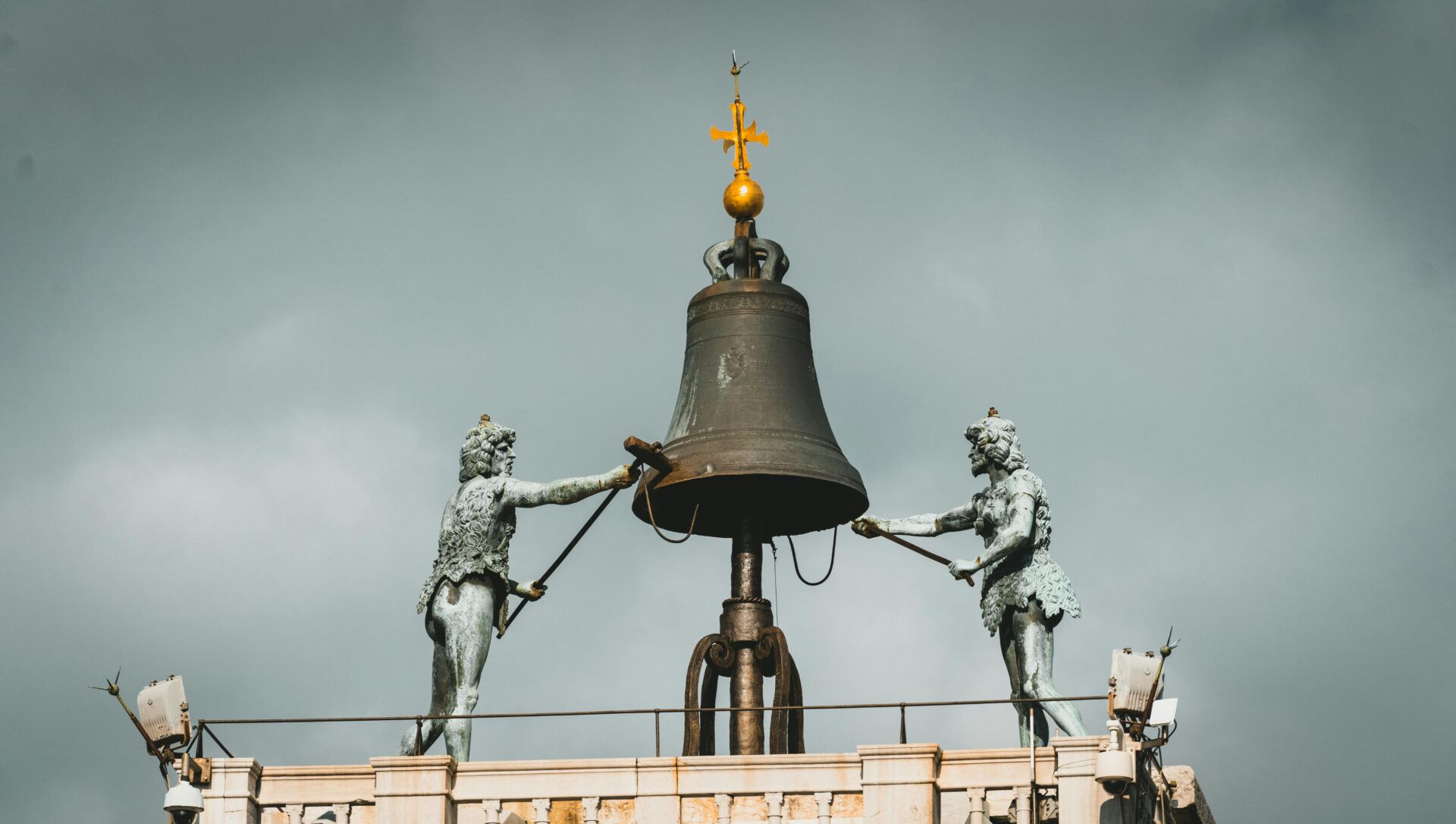
Globally, most family businesses struggle to last past the second generation—only about 30% make it. The Marinelli foundry has blown past that, surviving more than 700 years.
Their story offers lessons for other traditional businesses: keep quality high, adapt slowly, and make sure the next generation learns the ropes.

